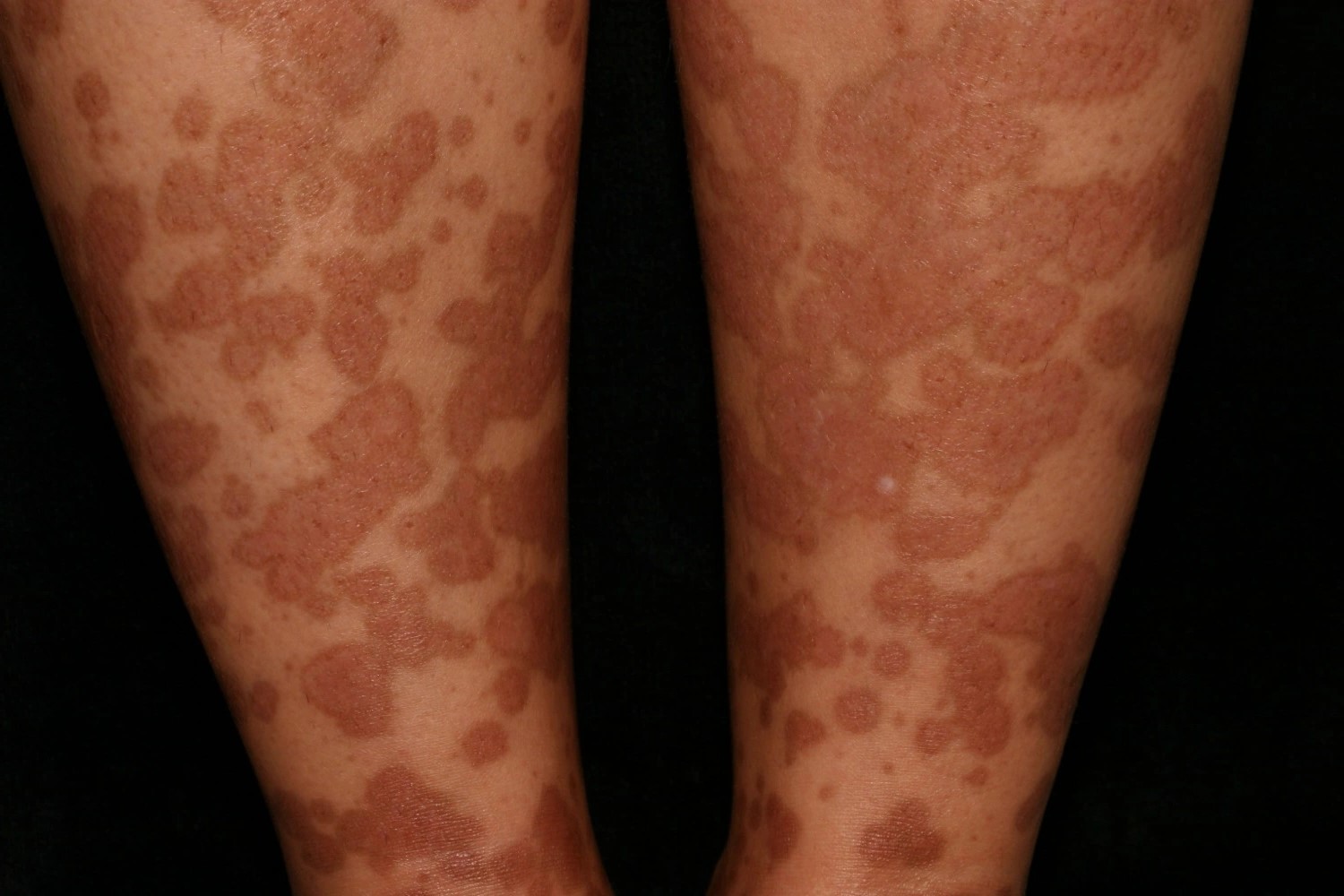
Whipple Disease is a rare bacterial infection that can affect multiple systems in the body, including the intestines, heart, brain, and joints. Named after George Hoyt Whipple, who first described it in 1907, this disease is caused by the bacterium Tropheryma whipplei. Symptoms often include weight loss, diarrhea, joint pain, and abdominal pain. Because it mimics other conditions, diagnosing Whipple Disease can be tricky. Treatment usually involves long-term antibiotics to combat the infection. Early diagnosis and treatment are crucial to prevent severe complications. Curious about more details? Here are 50 facts to help you understand Whipple Disease better.
Key Takeaways:
- Whipple Disease is a rare bacterial infection that primarily affects the small intestine, causing symptoms like chronic diarrhea and joint pain. Early diagnosis and long-term antibiotic treatment can greatly improve the prognosis.
- Ongoing research aims to better understand Whipple Disease and improve treatment options, including developing new diagnostic tests and exploring the role of the immune system. Collaboration between researchers worldwide is essential for progress.
What is Whipple Disease?
Whipple Disease is a rare bacterial infection that affects the small intestine. It can spread to other parts of the body, including the heart, brain, joints, and eyes. Understanding this disease can help in early diagnosis and treatment.
- Whipple Disease is caused by the bacterium Tropheryma whipplei.
- It primarily affects the small intestine, leading to malabsorption of nutrients.
- The disease was first described by George Hoyt Whipple in 1907.
- Symptoms can include chronic diarrhea, weight loss, and abdominal pain.
- Joint pain is often one of the earliest symptoms.
- It is more common in middle-aged men.
- The disease can affect the central nervous system, causing neurological symptoms.
- Diagnosis is often confirmed through a biopsy of the small intestine.
- Polymerase chain reaction (PCR) tests can detect the DNA of Tropheryma whipplei.
- Whipple Disease is treatable with long-term antibiotics.
Symptoms and Diagnosis
Recognizing the symptoms early can lead to better outcomes. Here are some key points about the symptoms and how the disease is diagnosed.
- Fatigue is a common symptom due to malabsorption and anemia.
- Enlarged lymph nodes may be present in some patients.
- Skin darkening, or hyperpigmentation, can occur.
- Eye symptoms might include uveitis or retinal hemorrhages.
- Heart involvement can lead to endocarditis.
- Cognitive changes and memory loss can occur if the brain is affected.
- A small intestine biopsy showing periodic acid-Schiff (PAS)-positive macrophages is diagnostic.
- Endoscopic examination may reveal white or yellow plaques in the small intestine.
- Blood tests might show anemia and low levels of albumin.
- Imaging studies like CT scans can help assess the extent of the disease.
Treatment and Prognosis
Effective treatment can significantly improve the prognosis for patients with Whipple Disease. Here’s what you need to know about managing the condition.
- Antibiotics like ceftriaxone or penicillin are commonly used initially.
- Long-term antibiotic therapy, often with trimethoprim-sulfamethoxazole, is required.
- Treatment duration can be up to one year or more.
- Regular follow-up is necessary to monitor for relapse.
- Nutritional support may be needed to address malabsorption.
- Some patients may require intravenous antibiotics if oral therapy is not effective.
- Relapse can occur, especially if treatment is not completed.
- Early treatment can prevent complications and improve quality of life.
- Prognosis is generally good with appropriate antibiotic therapy.
- Untreated Whipple Disease can be fatal.
Historical and Epidemiological Facts
Understanding the history and epidemiology of Whipple Disease provides context for its rarity and the challenges in diagnosing it.
- Whipple Disease is extremely rare, with fewer than one case per million people annually.
- It was first identified in a farmer who presented with arthritis and weight loss.
- The bacterium Tropheryma whipplei was identified in 1992.
- Most cases are reported in North America and Europe.
- The disease predominantly affects Caucasians.
- Genetic factors may play a role in susceptibility to the disease.
- The exact mode of transmission of Tropheryma whipplei is unknown.
- Some studies suggest that the bacterium is present in the environment.
- There is no evidence of person-to-person transmission.
- The disease is named after George Hoyt Whipple, who won a Nobel Prize for unrelated work on liver therapy for anemia.
Research and Future Directions
Ongoing research aims to better understand Whipple Disease and improve treatment options. Here are some insights into current research and future directions.
- Researchers are studying the genetic makeup of Tropheryma whipplei to understand its pathogenicity.
- New diagnostic tests are being developed to detect the bacterium more accurately.
- Studies are exploring the role of the immune system in the disease.
- There is interest in developing vaccines to prevent infection.
- Research is ongoing to find more effective antibiotic regimens.
- Scientists are investigating the environmental sources of Tropheryma whipplei.
- Advances in imaging techniques may improve early diagnosis.
- Understanding the disease's impact on different organs can lead to better management strategies.
- Patient registries are being established to collect data on long-term outcomes.
- Collaboration between researchers worldwide is essential to advance knowledge and treatment of Whipple Disease.
Final Thoughts on Whipple Disease
Whipple disease, though rare, demands attention due to its serious nature. This bacterial infection primarily affects the small intestine, leading to malabsorption and a host of other symptoms. Early diagnosis and treatment with antibiotics can significantly improve outcomes. However, without timely intervention, it can become life-threatening. Awareness of its symptoms, such as weight loss, joint pain, and chronic diarrhea, is crucial for early detection. Regular follow-ups are essential to ensure the infection is fully eradicated. While the disease can be daunting, understanding its intricacies helps in managing it effectively. Stay informed, consult healthcare professionals if symptoms arise, and prioritize health. Knowledge about Whipple disease empowers individuals to seek timely medical advice, ensuring better health outcomes.
Frequently Asked Questions
Was this page helpful?
Our commitment to delivering trustworthy and engaging content is at the heart of what we do. Each fact on our site is contributed by real users like you, bringing a wealth of diverse insights and information. To ensure the highest standards of accuracy and reliability, our dedicated editors meticulously review each submission. This process guarantees that the facts we share are not only fascinating but also credible. Trust in our commitment to quality and authenticity as you explore and learn with us.


